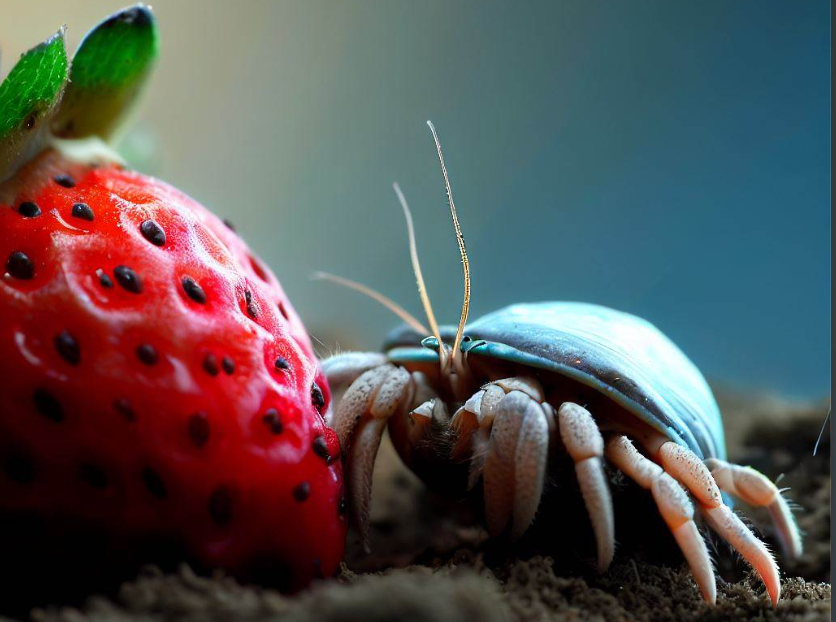People all over the world love olives, but there’s a big question: Are they a type of fruit or a vegetable? Even though they taste more like a vegetable and you often see them in salads and pasta, olives are technically a type of fruit.
Table of Contents
What Makes a Fruit Different from a Vegetable?
Fruits and vegetables grow in different ways and use their seeds in different ways too. Vegetables are usually the roots, leaves, or stems of a plant. But fruits are the part of the plant that has seeds inside, which is called the pericarp.
Olives grow from the flower of an olive tree, and they have seeds. This means olives are fruits. Other foods that we think are vegetables but are actually fruits include avocados, cucumbers, tomatoes, and peppers.
How the Olive’s Body Shows It’s a Fruit
When you look at what olives are made of, you’ll see more clues that they’re fruits:
- After an olive tree’s flowers get pollen, they start to make olives. The flower’s ovary becomes the fleshy part of the olive.
- Each olive has at least one seed inside. Seeds are a sign that something is a fruit.
- As they get ripe, olives change from green to dark colors like black or purple, which many fruits do.
- Olives have a bitter thing in them called oleuropein. As the olive gets ready to eat, this turns into stuff that’s good for you, like polyphenols, which are often found in fruits.
But Why Do Some Things About Olives Seem More Vegetable-Like?
Even though olives are scientifically fruits, they have some special features that make them seem more like vegetables:
- Olives are really oily – they can have more than 30% oil! People press them to get olive oil, and then eat the rest. Most sweet fruits don’t have much oil.
- If you tried to eat a fresh olive right off the tree, it would be super bitter. They need to be treated first, which isn’t the case for sweet fruits.
- People like to put olives in hot meals, like on pizza or in pasta, which is usually what you do with vegetables. If you did that with sweet fruits, they might not taste good anymore.
- Some kinds of olives are grown especially for making oil, not for eating as a snack. This is more like what we do with vegetables that we grow for their oil.
Olives in the Kitchen: More Like a Veggie
How we use olives in cooking today also makes them seem more like a vegetable:
- Olives can make dishes like salads, sandwiches, and pizzas tastier without making them sweet. You can’t really swap olives with sweet fruits in recipes like these.
- You can chop or slice olives and put them in bowls of grain, on flatbreads, or in tacos to add some crunch and color, just like other veggies.
- Olives go great with foods like cheese, cured meats, and nuts. They’re often part of snack trays with other veggies, not sweet fruits.
- People cook with olive oil a lot, especially with vegetables. So it makes sense to think of olives like veggies too.
Olives in Different Places and Times
In different parts of the world and in history, olives are also used more like a vegetable:
- In places like the Mediterranean and the Middle East, where olives come from, they’re a big part of the diet and not really treated like sweet fruits you eat on their own.
- A long time ago, people in Rome and Greece made a lot of money from selling olive oil, which they thought of as coming from a vegetable. This is part of their tradition.
- Olive trees can grow in dry areas where it’s hard to grow sweet fruits, so they were really important for people in the past.
- People have been figuring out how to make olives taste good for a very long time, even before we had modern ways to grow fruits.
So, Can We Call Olives Fruits and Vegetables?
Most experts agree that olives can be both fruits and vegetables. Here’s why:
- They’re used a lot like vegetables in food.
- But their seeds and how they grow make them a fruit.
- People have been thinking of olives as veggies for a really long time.
- They’re usually grown more for their oil than just to be eaten plain.
- They’re found in so many different kinds of savory dishes instead of sweet ones.
Because of all this, olives are actually fruit according to science, but in cooking and eating, they’re treated like a vegetable. Olives are special because they fit into both groups in their own tasty way.
What’s the Answer?
Looking at everything, olives are really fruits based on their seeds and how they grow. But their taste, the way we need to make them good to eat, their oil, and how they’ve been used for ages also make a strong case for them being vegetables. All this means that olives can be called both fruits and vegetables. They really cover both sides.
You can think of olives as either a fruit or a vegetable and you’ll be right both ways! They have a unique place in the plant world and in cooking. No matter how you use or enjoy them, olives will always add something special to your meals.
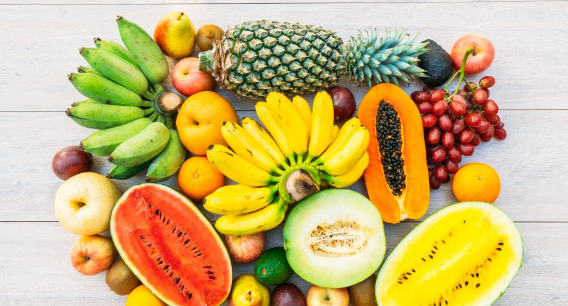
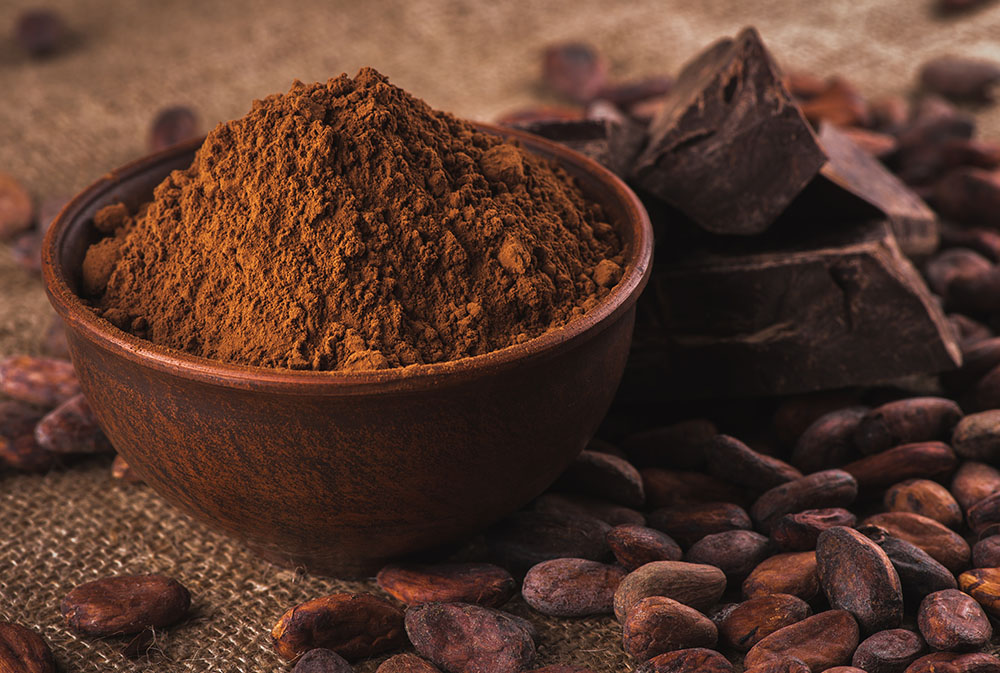
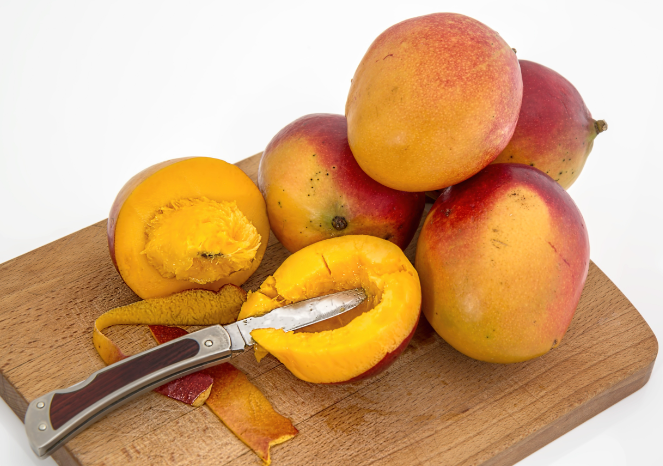
![What Fruits Can Gerbils Eat? [10 Nutritious Fruits]](https://fruitonix.com/wp-content/uploads/2023/05/Screenshot-2023-05-13-12.04.13-AM.png)
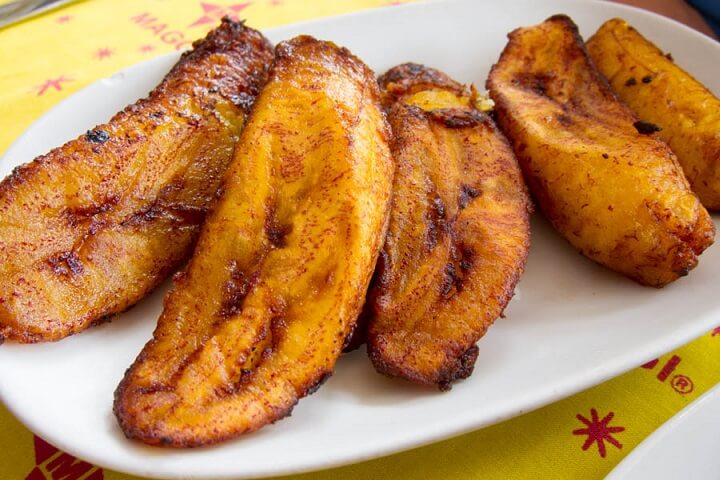
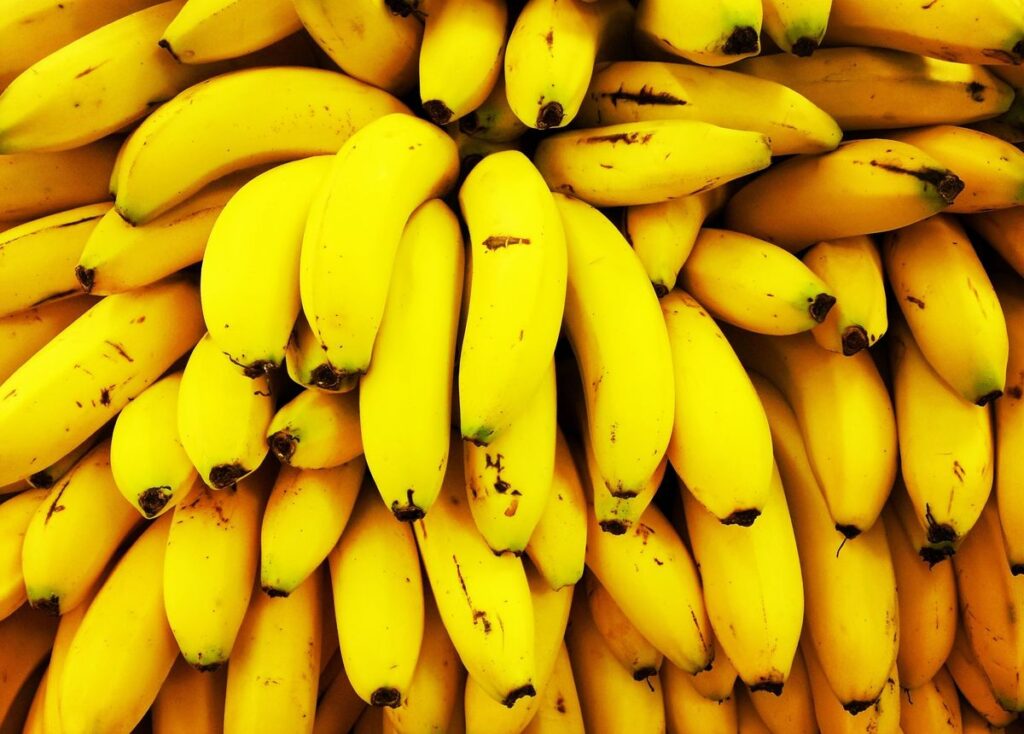

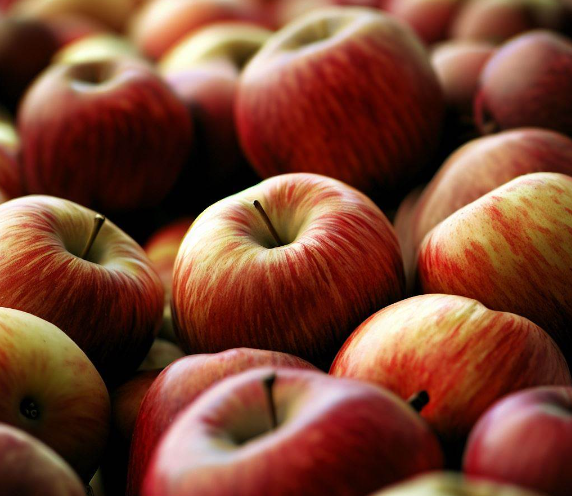
![What Is the National Fruit of Germany And Why? [ANSWERED]](https://fruitonix.com/wp-content/uploads/2023/04/What-Is-the-National-Fruit-of-Germany-And-Why.jpg)
